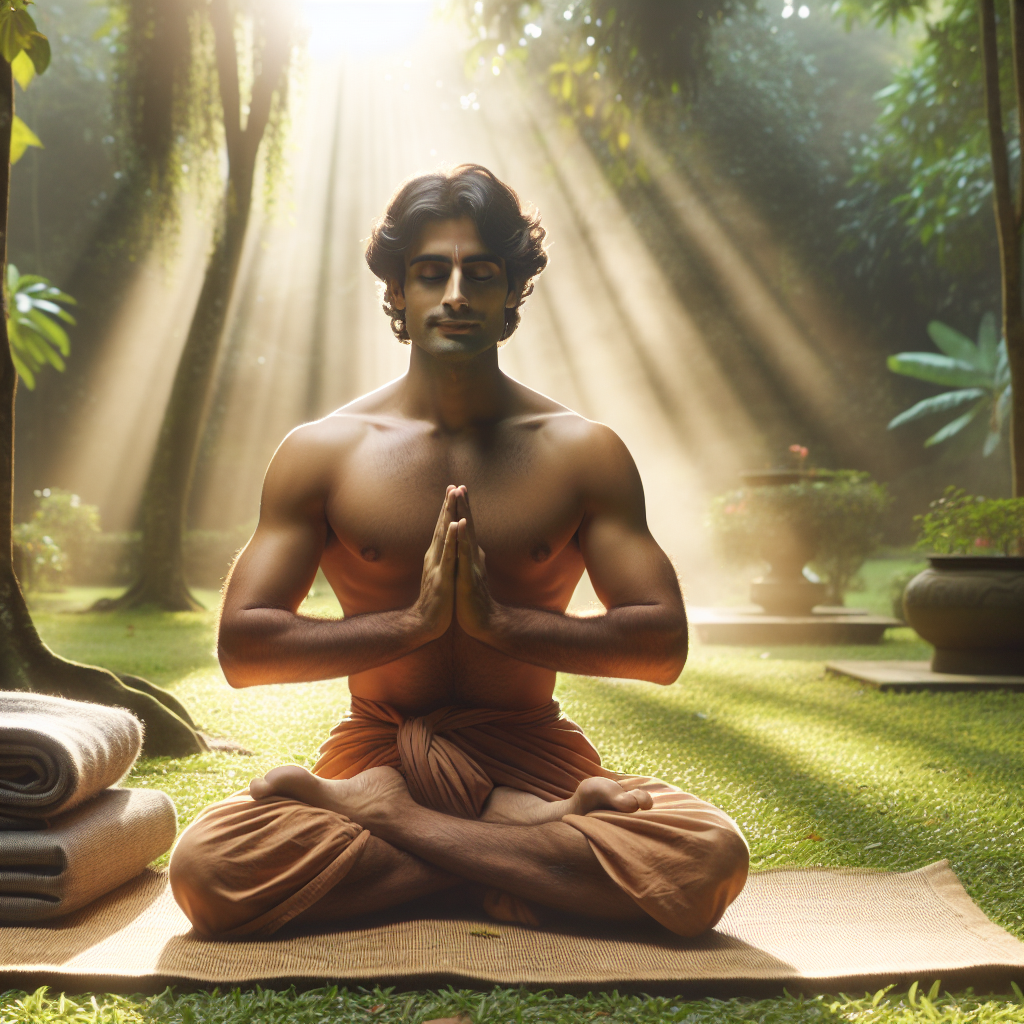
How to do meditation by swami vivekananda
How to Meditate: Lessons from Swami Vivekananda
Meditation has been a vital practice for achieving mental peace, clarity, and spiritual growth throughout history. Among those who have profoundly influenced the understanding of meditation in the modern world is Swami Vivekananda. A disciple of the great Indian yogi Ramakrishna Paramahamsa, Vivekananda’s teachings on meditation blend traditional Hindu philosophy with a practical approach to encourage individuals to find their inner selves. In this article, we will explore how to do meditation by Swami Vivekananda, along with his core principles, techniques, and benefits of the practice.
Understanding the Foundation of Meditation
Before delving into the specific techniques of meditation, it's essential to grasp its fundamental aspects. Meditation is often described as a practice of focusing the mind and achieving a state of deep relaxation and mental clarity. Swami Vivekananda emphasized the dual nature of meditation: the calming of the mind and the inner exploration that leads to self-realization.
Core Principles of Meditation by Swami Vivekananda
According to Vivekananda, meditation involves not only technique but also a philosophical framework. Here are some core principles that he advocated:
- Concentration: The ability to focus the mind on a single point or thought is crucial.
- Calmness: A tranquil mind is essential for effective meditation.
- Self-Realization: The ultimate goal of meditation is to discover one's true self.
- Regular Practice: Consistency is imperative to progress in meditation.
The Techniques of Meditation
Swami Vivekananda provided several practical methods for meditation that cater to both beginners and those more experienced. Here, we outline a comprehensive approach to meditation inspired by his teachings.
Setting the Environment
The first step in any meditation practice is to create a conducive environment. Choose a quiet space where distractions are minimized. Follow these tips for setting up your meditation area:
- Find a clean and sacred space.
- Use cushions or mats for comfortable sitting.
- Dim the lights or use candles to create a calming atmosphere.
- Consider adding elements of nature, such as plants or incense.
Preparing the Mind and Body
Before initiating meditation, it’s important to prepare both the body and mind. Swami Vivekananda suggested a few preparatory techniques:
- Posture: Maintain a comfortable posture, either sitting cross-legged or in a chair with your back straight.
- Breathing: Start with deep, slow breaths to calm the body and mind.
- Relaxation: Allow your body to relax and release any tension.
Techniques of Meditation According to Swami Vivekananda
Now that you’ve prepared yourself, it’s time to engage in the meditation technique. Below are different methods inspired by Vivekananda's teachings:
1. Mantra Meditation
This form involves repetition of a mantra—a word or phrase meant to center your mind. Choose a meaningful mantra, such as “Om,” which symbolizes the universe's essence.
- Begin by repeating the mantra aloud, focusing your attention on it.
- Gradually transition to silent repetition.
- Return to the mantra whenever your mind drifts.
2. Visualization
Visualization aids in enhancing focus and allows one to explore inner consciousness:
- Find a calming image or scene that resonates with you.
- Close your eyes and visualize the scene in detail.
- Embrace any feelings or responses that arise during this visualization.
3. Breath Awareness
Focusing on your breath is one of the simplest and most effective forms of meditation:
- Inhale deeply through the nose, filling your lungs.
- Exhale slowly through the mouth, emptying your lungs completely.
- Focus your mind solely on your breathing process.
Overcoming Obstacles in Meditation
Many beginners may experience challenges during meditation—be it distractions or impatience. Vivekananda acknowledged these obstacles and provided insights on overcoming them:
- Accept distractions without judgment and gently bring your focus back.
- Practice regularly to strengthen your concentration over time.
- Be patient with yourself; meditation is a journey that requires perseverance.
Integrating Meditation into Daily Life
According to Swami Vivekananda, the goal of meditation extends beyond the practice itself; it is about incorporating its principles into everyday activities. Consider these methods:
- Start your day with a short meditation session to set a positive tone.
- Practice mindfulness during daily tasks, focusing fully on the activity at hand.
- End your day with a few minutes of reflection on what you learned or experienced.
The Benefits of Meditation
Meditation, as highlighted by Swami Vivekananda, offers numerous benefits, both mental and physical:
- Stress Reduction: Regular practice can lower stress levels and increase relaxation.
- Enhanced Concentration: Helps improve focus and attention span.
- Emotional Wellbeing: Promotes a sense of calm and emotional stability.
- Spiritual Growth: Encourages exploration of the self and awareness of a higher reality.
Conclusion
Incorporating meditation into your life, guided by the principles of Swami Vivekananda, can lead to profound personal transformation. By understanding the techniques he taught and integrating meditation into your daily routine, you set yourself on a path towards inner peace, self-discovery, and holistic wellbeing. Remember, the journey of meditation is unique for everyone; embrace it with an open heart and a willing spirit.
Through consistent practice, patience, and adherence to the foundational teachings of how to do meditation by Swami Vivekananda, you can unlock your full potential and foster a deeper connection with yourself and the world around you.
“Meditation is the only way to get everything you want. Meditation helps you attain peace of mind.” – Swami Vivekananda
By Guest, Published on August 3rd, 2024